| PORTFOLIO architecture cityzen | |
| auschwitz vc baobab beauty farm bus stop city gateway cityzen csf dandelion dbew elemental employment agency europan 10 evolo 10 ghost tv granny hostel greening the city industrial infobox kub memory hall mikkelstjenn mobile tent mofo multipurpose building off-on opalka polish army museum psycholab rotunda sculptors pavilion shadad sixstar skynet step21 housing superscape 2016 tennis hall uufo vault viewpoint walden 2.0 water shed woods house yerevan complex zakrzowek zodiak |
Architects tried and failed, not only to secure liberties through design, but even to predict consequences of their urban remedies. From Constant Nieuwenhuys to Lebbeus Woods, Hundertwasser to Jan Gehl we see that architecture of urban space can help but can’t improve livability of cities, if not make it worse. We have seen how the concepts of urban planning shrunk from the level of Athens Charter to the level of micro-interventions. Current architectural design paradigm embraces complex, dynamic systems. It models behavior of swarms and envisions armies of interacting drones or genetically engineered organisms constructing buildings. It even looks at human agents as a force that could be shaped by design, such as in slums upgrading projects by Alejandro Arave na. What if we take this philosophy even further and design an urban swarm? Can designing a social system for constructing cities be still called an architectural project or urban planning? Is laying out a set of rules underlying an unpredictable emergent form still design? Cityzen is a manifesto for an urban religion. It is not a predefined, top-down solution, but a shift in attitude, that must underlie the creation of a truly social city. City is understood as a unique accumulation of people in physical proximity and its product as knowledge, innovation and culture. Cityzen is a prototype. It proposes a certain codex containing rules, practices and symbols only to show that it can be coded and thus consciously designed. It took scientology less than 10 year to become an influential global movement. Imagine if its design was focused on unlocking the power of the city, forming new bonds between strangers, boosting trust, reducing anxiety, fueling participation, producing clashes of ideas, opening political debate, raising movements. Who knows what the cities would look like?  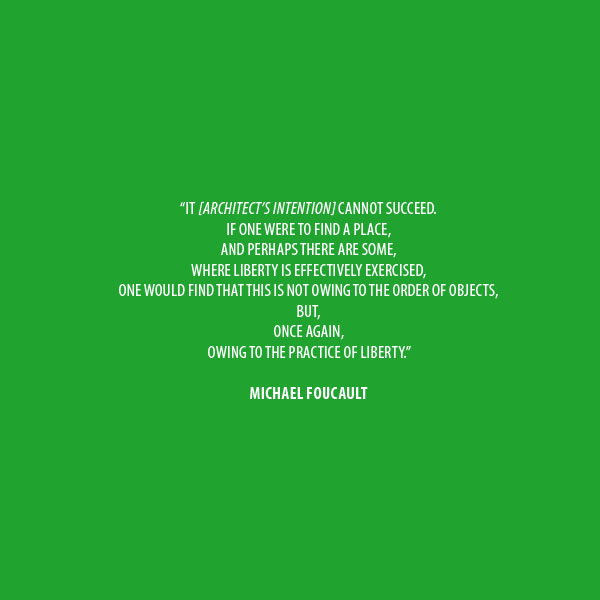 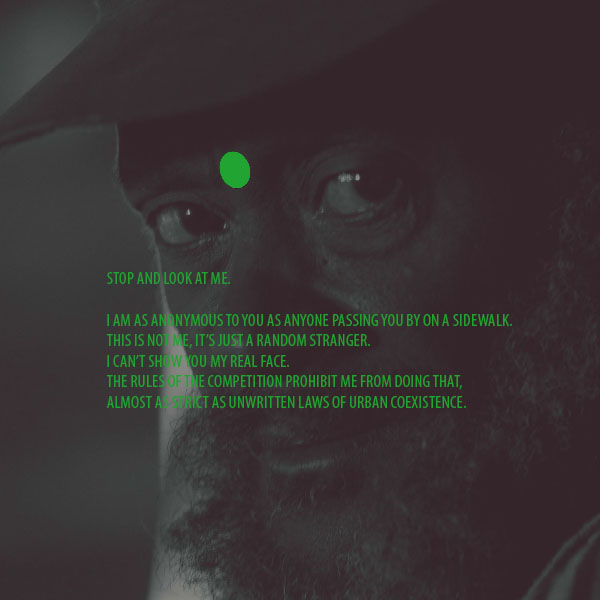 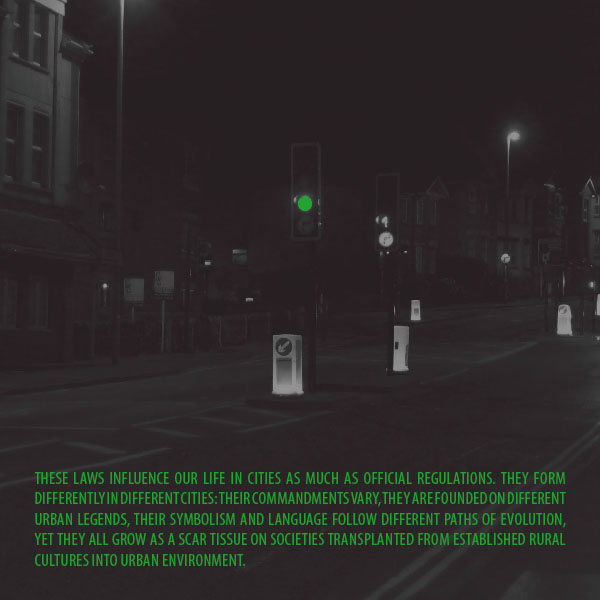  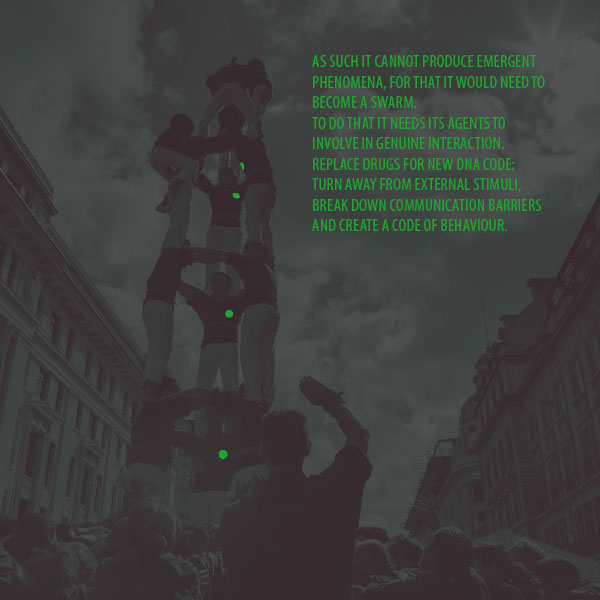 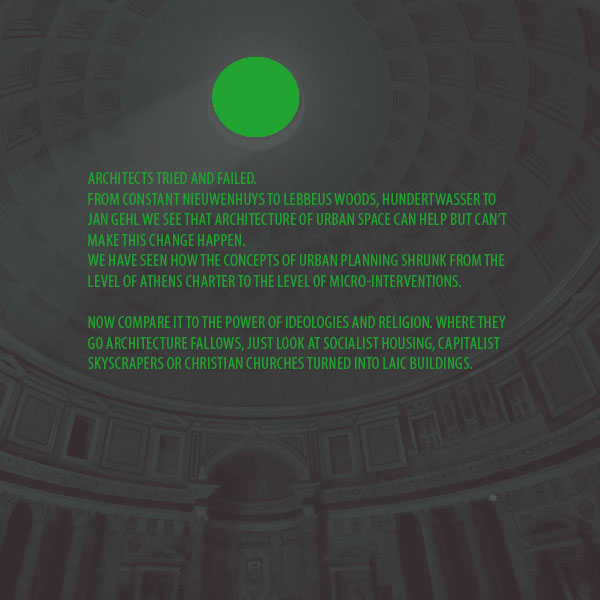 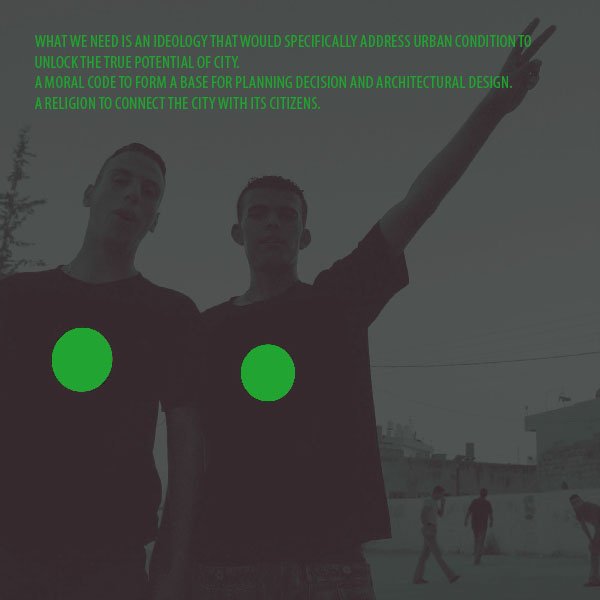  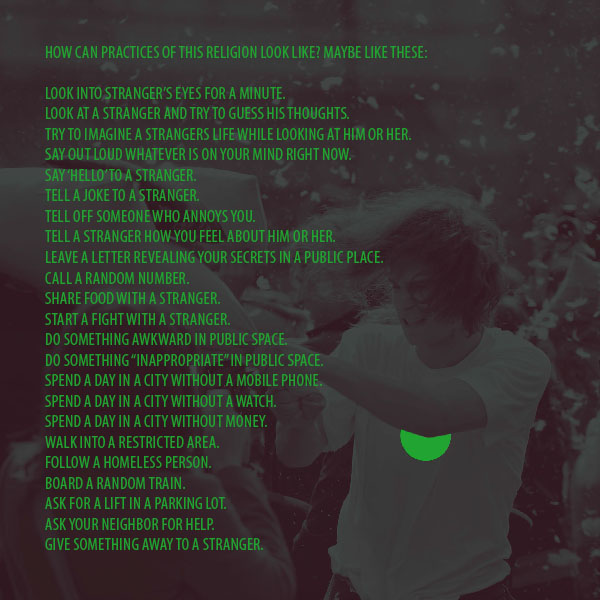 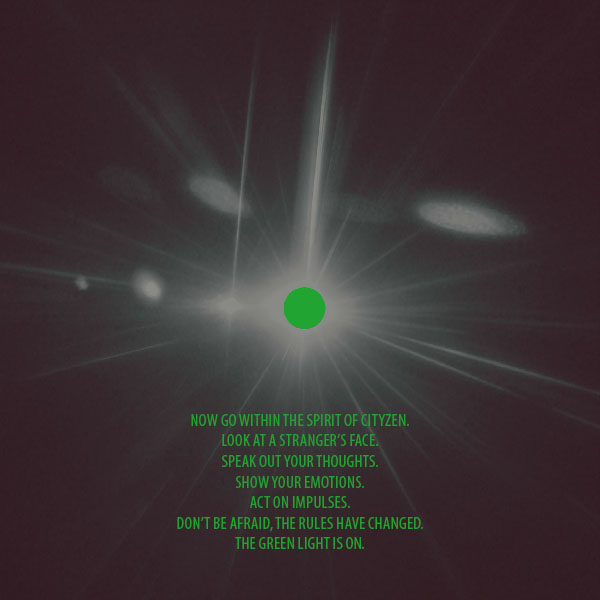 |